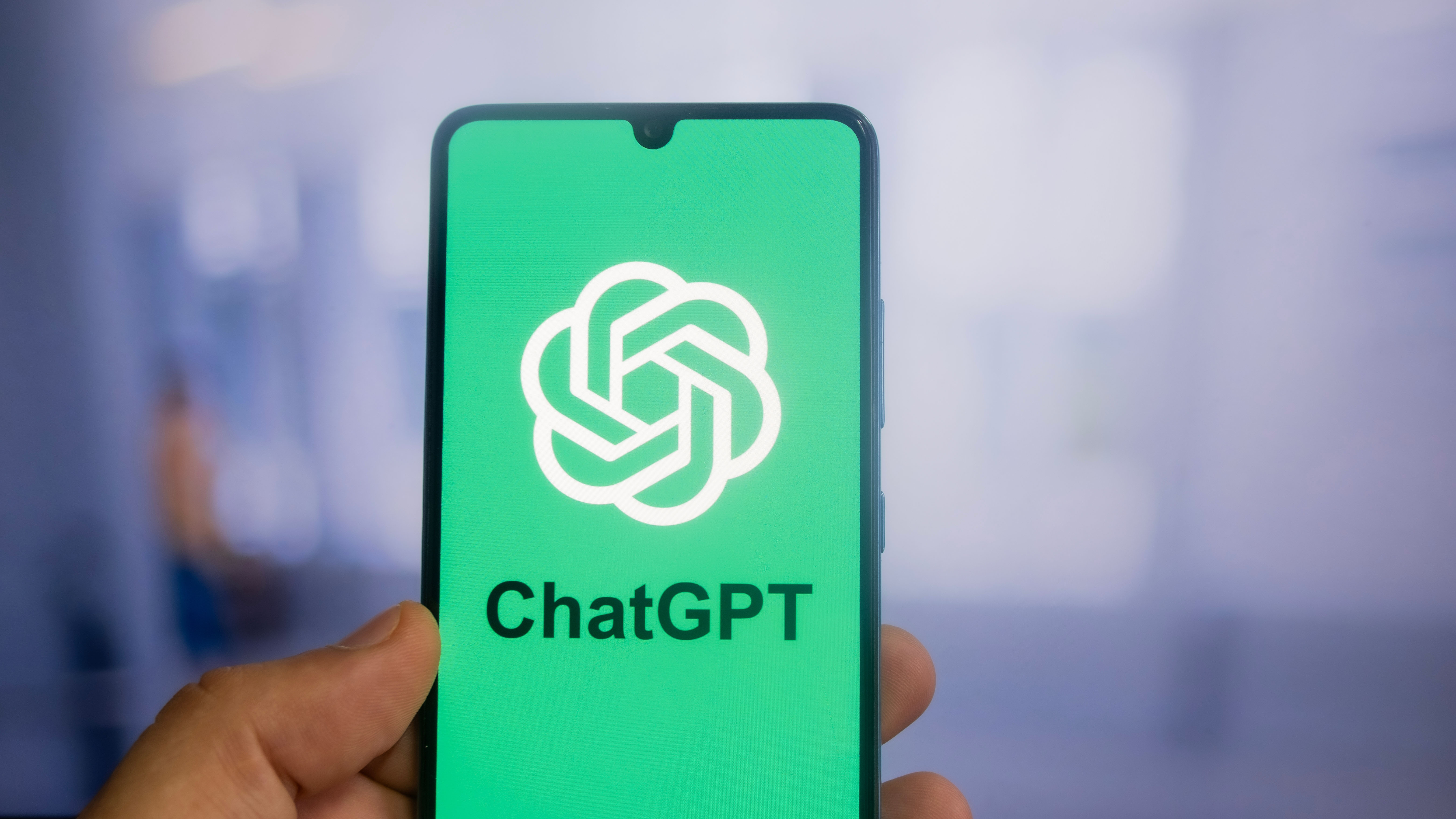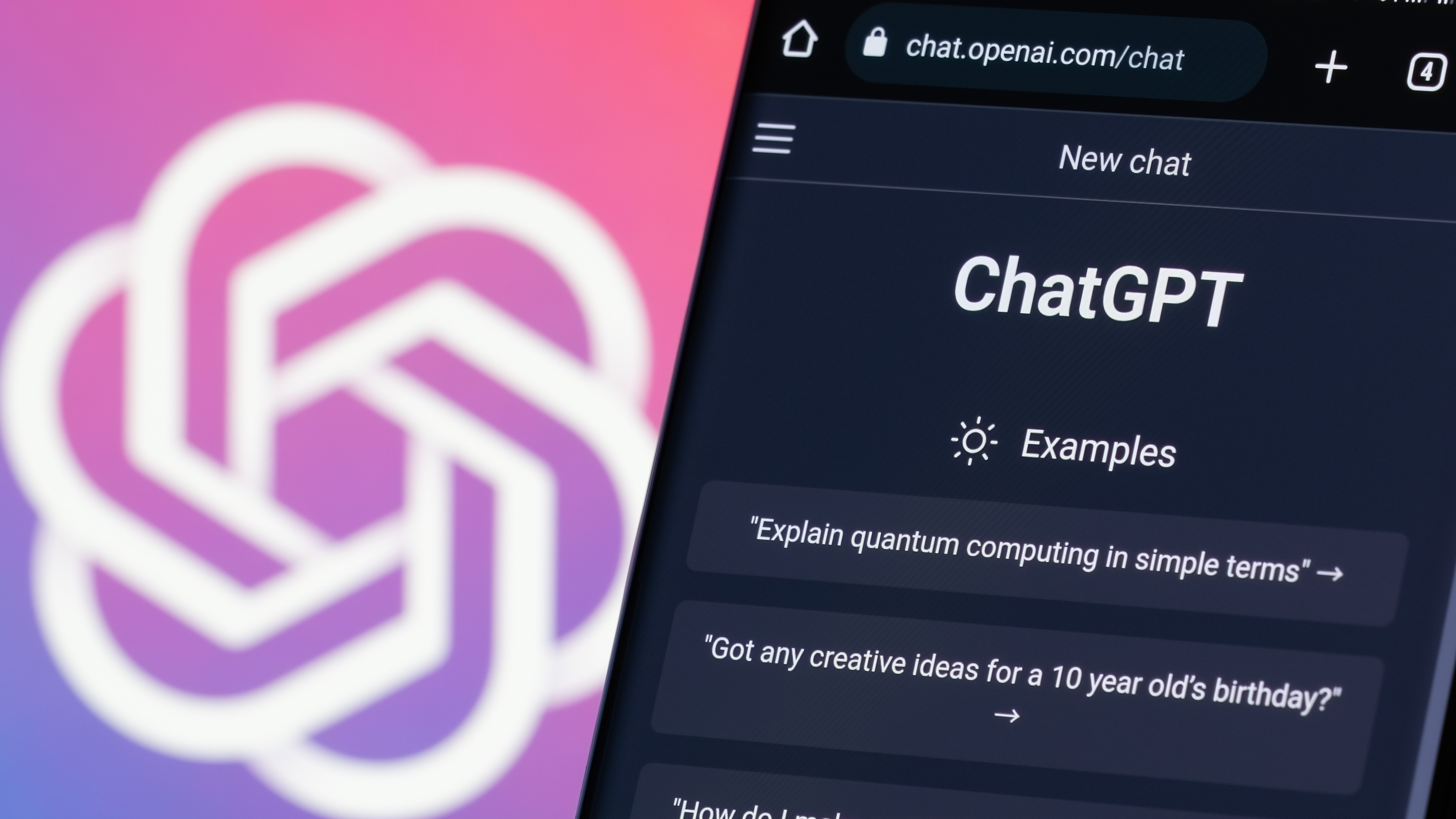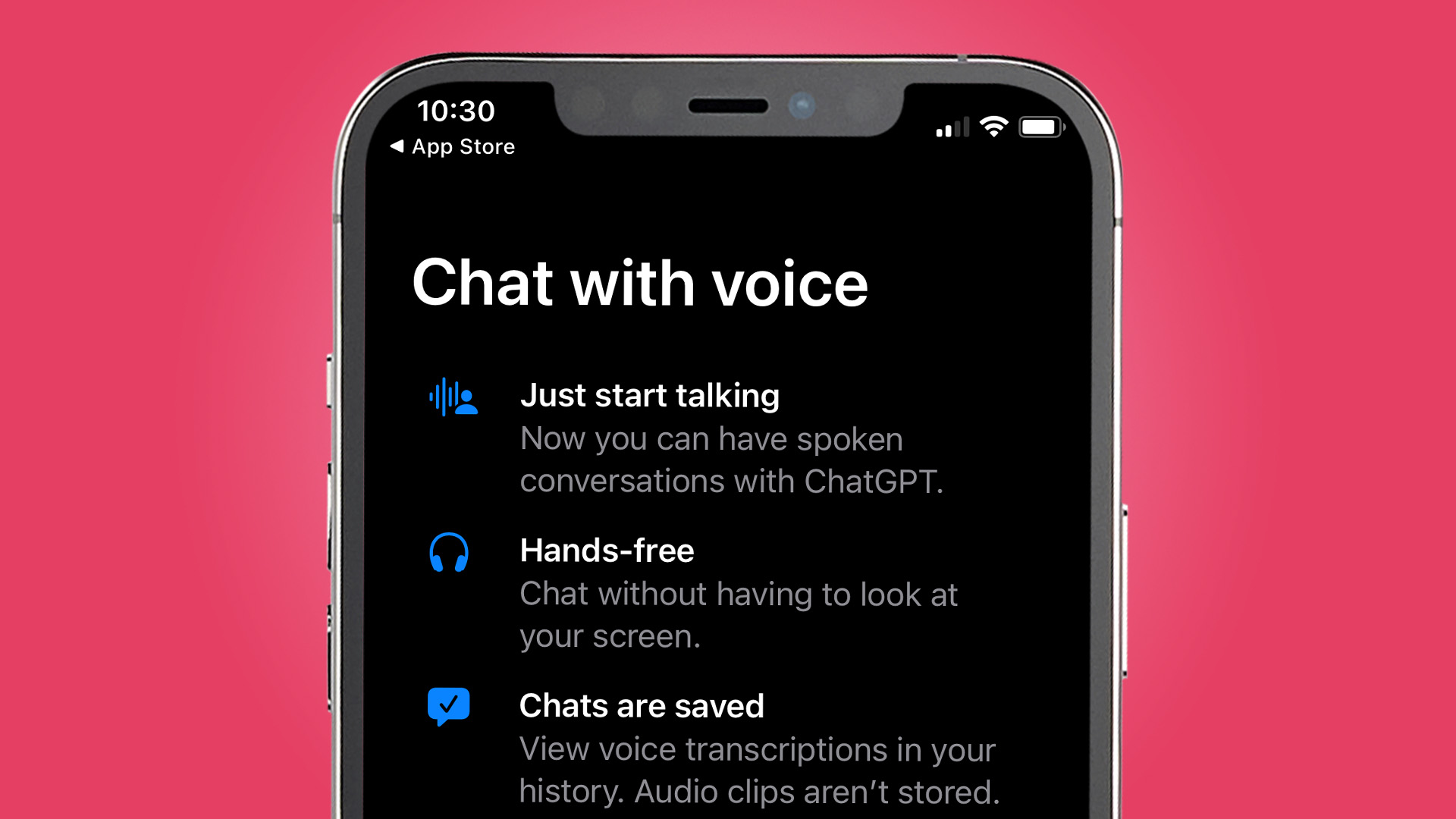What is ChatGPT: everything you should know about the AI chatbot
What can the world’s favorite chatbot do for you?

With more than 400 million monthly users, ChatGPT is the most popular of all AI chatbots. Trained on huge amounts of data, it can process written prompts and generate contextual answers which feel like you’re chatting to a human in real time.
Based on a Large Language Model, the AI bot is evolving all the time. In its latest iteration, ChatGPT is capable of answering in-depth questions, helping with website code and even generating images.
New features are being added all of the time, so read on to find out what ChatGPT can do and why it’s worth using.
This article was correct as of February 2025. AI tools are updated regularly and it is possible that some features have changed since this article was written. Some features may also only be available in certain countries.

What is ChatGPT?
When it launched in November 2022, ChatGPT signalled a new era for artificial intelligence. Developed by OpenAI, the AI chatbot became a hugely popular tool almost overnight. Much of the appeal of ChatGPT lies in its use of natural language. Built on Large Language Models, it’s able to understand human queries written as plain text prompts and generate conversational responses.
In March 2023, OpenAI announced GPT-4, the latest version of its language model. This iteration is multimodal, meaning it can process text, images and audio. Apps running on GPT-4, including ChatGPT, are also better able to process the context of queries and produce more accurate, relevant results.
The result is a chatbot that can be leveraged for a wide range of queries, with answers rendered quickly and accessibly.
Sign up for breaking news, reviews, opinion, top tech deals, and more.
What can you use ChatGPT for?
The full capabilities of ChatGPT are still being explored by its millions of users. Almost any query that can be phrased and answered using written words can be addressed – or at least attempted – by ChatGPT. Its remit can be summarized as language-based tasks, whether that language is English, foreign or computer code.
ChatGPT can create computer code from natural language instructions or troubleshoot existing code. It can write a wedding speech for you or re-write your draft in a way that flows better. It can create personalized workout plans, generate business ideas and even act as your therapist.
The introduction of ChatGPT search unlocks the ability for users to get a summary of answers to a specific query sourced from the web, while integration of OpenAI’s DALL-E 3 text-to-image model means all ChatGPT users can also ask the chatbot to generate images from prompts.
What can’t you use ChatGPT for?
As powerful as it is, ChatGPT still has limitations. Chief among them is fact-checking. Famously, the chatbot’s responses are not always accurate and it’s known to hallucinate facts. OpenAI says that ChatGPT “may be inaccurate, untruthful, and otherwise misleading at times.”
ChatGPT is also subject to a number of guidelines and ethical restrictions. The AI chatbot tries its best to avoid explicit, violent or discriminatory content. It won’t engage in political discussions, nor will it offer legal, medical or financial advice on an individual basis.
OpenAI also emphasizes that the generative chatbot cannot show empathy or engage with real emotions. Nor will it promote anything relating to self-harm.
How much does ChatGPT cost?
ChatGPT is available for free, but there are also two paid tiers for individuals, as well as Team and Enterprise plans for organizations.
For free, users get access to OpenAI’s GPT-4o mini model, plus limited access to GPT-4o and o3-mini. They can also use ChatGPT search to access results informed by real-time data from the web. Hitting the 'Reason' button on a query gives you limited access to the ChatGPT o1 model. You get a limited number of images from DALL-E.
Plus costs $20 (about £16 / AU$30 ) per month and unlocks a number of additional features, including access to multiple reasoning models, ChatGPT’s advanced voice mode and limited access to Sora, OpenAI’s video generation model, as well as more images with DALL-E.
The Pro tier will set you back a much more significant $200 (about £165 / AU$325) per month. Designed for advanced users, it unlocks deeper capabilities for every tool in ChatGPT’s arsenal, including unlimited access to the latest reasoning models and extended Sora access for generating AI video.
The Team option is priced at $25 (about £19 / AU$38) per user per month and allows users to create and share custom GPTs within a workspace.
Where can you use ChatGPT?
ChatGPT can be accessed through its web interface at chatgpt.com using almost any browser. For a while, this was the only way to use the chatbot. However, you can now download official iOS and Android apps for free, as well as a desktop app for macOS and Windows.
The interface and features are broadly consistent, but the mobile apps come with the added benefit of being able to engage in a voice conversation with ChatGPT, by tapping the audio icon next to the text input field.

Is ChatGPT any good?
Based on our extensive hands-on experience with ChatGPT, it’s a powerful tool with a lot of uses. Its conversational interface makes it easy for almost anyone to interact with the chatbot, whether you’re asking it to summarize a report or generate an image. The quality of its responses often depends on the wording and context of the prompt, which can vary significantly.
The paid experience is faster and more accurate than the free tier, turning up better quality responses across a range of queries and topics. That said, it’s still vulnerable to factual inaccuracies and hallucinations, while data sourced from the web isn’t necessarily the most up-to-date. As a fact-checking tool, ChatGPT still can’t be relied upon.
As a shortcut for everyday queries or a way to turbocharge your workflow, though, ChatGPT has plenty of potential. Leveraged in the right way, it’s a very powerful tool.
Use ChatGPT if...
You want to use a capable chatbot
From writing content to generating website code, ChatGPT is a hugely capable tool that allows you to get a lot done simply by writing your queries in natural human language.
You want a lot of features for free
Recent updates mean ChatGPT’s free plan now includes access to ChatGPT search and image generation using OpenAI’s DALL-E 3 model, meaning you can get a lot done without a paid subscription.
Don't use ChatGPT if...
You need completely accurate information
Even with real-time web access enabled, ChatGPT is prone to responding with factual inaccuracies. Results need to be cross-referenced with reliable sources before they can be relied upon.
You don’t want to pay for the best features
The free tier is fine for casual users, but if ChatGPT is built into your workflow, you’ll need to pay for a subscription to unlock the faster processing and greater reliability of the latest models.
Also consider
- Gemini is Google’s alternative to ChatGPT. Previously known as Bard, it’s a Large Language Model that can do a lot of the same things as OpenAI’s chatbot, including answering questions, writing code and creating images.
- Copilot is Microsoft’s take on the AI chatbot, aimed mainly at business users. Available as a website, an app and as a sidebar in the Edge browser, it’s billed as an AI companion that offers contextual help with everyday tasks.
You might also like...

For more than a decade, Chris has been finding and featuring the best kit you can carry. When he's not writing about his favourite things for Stuff, you'll find Chris field-testing the latest gear for TechRadar. From cameras to classic cars, he appreciates anything that gets better with age.
You must confirm your public display name before commenting
Please logout and then login again, you will then be prompted to enter your display name.